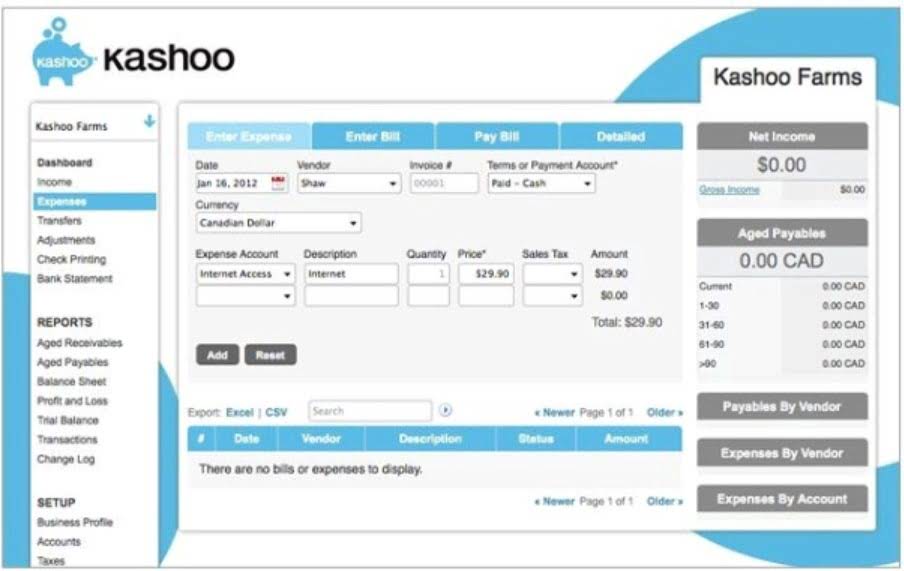
Also, with a bi-weekly pay schedule, your check amounts would be lower, but your paydays would be consistent. On the other hand, if you got paid semi-monthly, you’d get higher paycheck amounts and inconsistent paydays. Semi-monthly pay is a salary or wage paid twice a month, usually on the 15th and last day but also on the first and 15th day. If one payment date falls on a weekend or holiday, the payment occurs the previous or following business day. Usually, the businesses choose the previous day (Friday or, failing that, Thursday).
I will use each of these words in a few example sentences to demonstrate how they should appear in context. You would think that since there are generally four weeks in every month, these semi monthly vs bi weekly would equal the same thing. Keep reading this article to know what semi-monthly pay means and how to calculate it. I want to see if they published the results from the coloring contest.
Definition and Meaning of ‘Bi-Weekly’ and ‘Semi-Monthly’
The end result is often less money in one month, but it spreads out the money evenly among the four months of a quarter. This type of pay schedule has many advantages for both hourly and contract workers alike. Ultimately, semi-monthly pay is by far one of the best currently utilized payment schedules for most employees. It offers stability for employees, consistency for employers, and improves the economy, giving it many advantages that are simply not available with once-a-month payments. There will always be deadlines after which hours cannot be tallied for the biweekly payroll. This cutoff time can be perplexing since if someone worked 50 hours that week but their overtime hours were after the cutoff period, they would not receive their additional compensation until the next payroll.
Simply divide the agreed-upon sum by 24 to determine how much must be distributed throughout each payroll cycle. This is particularly valid when benefits are paid in addition to the agreed-upon remuneration. https://www.bookstime.com/ The optimum structure is frequently one that distributes benefits on the Tuesday after the semi-monthly pay dates because it virtually removes all of the American banking holidays.
Learn More:
When a semimonthly payroll is used, processing steps constantly shift around among different days of the week, since the pay date is not fixed on a specific day of the week. The difference between a semimonthly and a biweekly payroll is that the semimonthly one is paid 24 times per year, and the biweekly one is paid 26 times per year. A semimonthly payroll is paid twice a month, usually on the 15th and last days of the month. If one of these pay dates falls on a weekend, the payroll is instead paid out on the preceding Friday.
